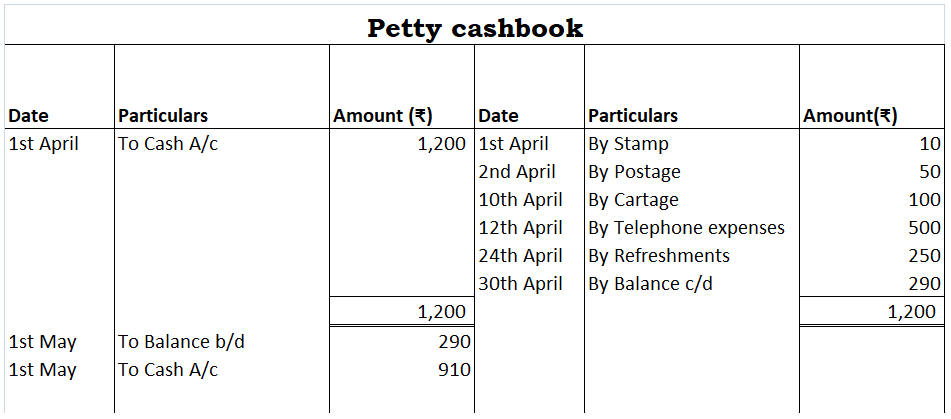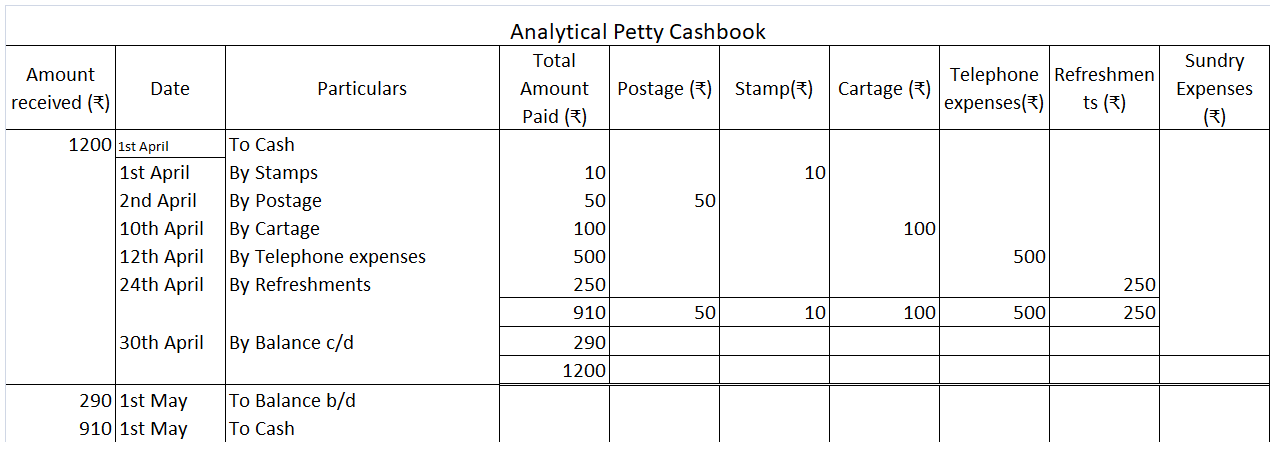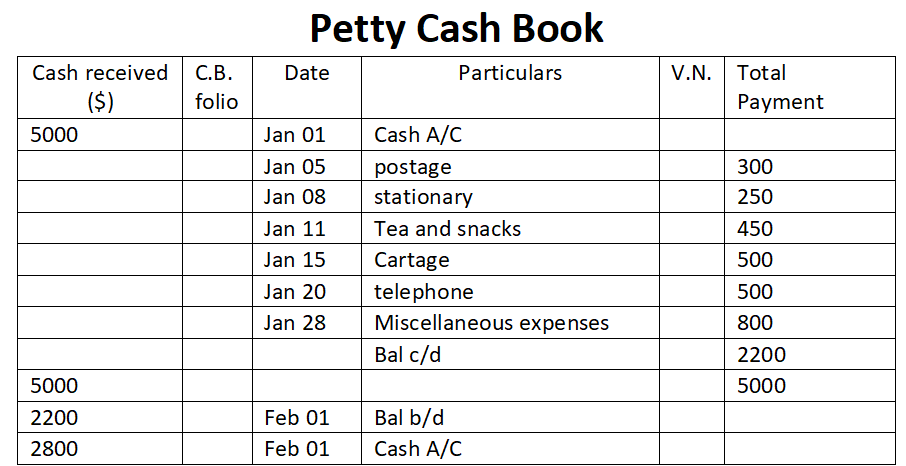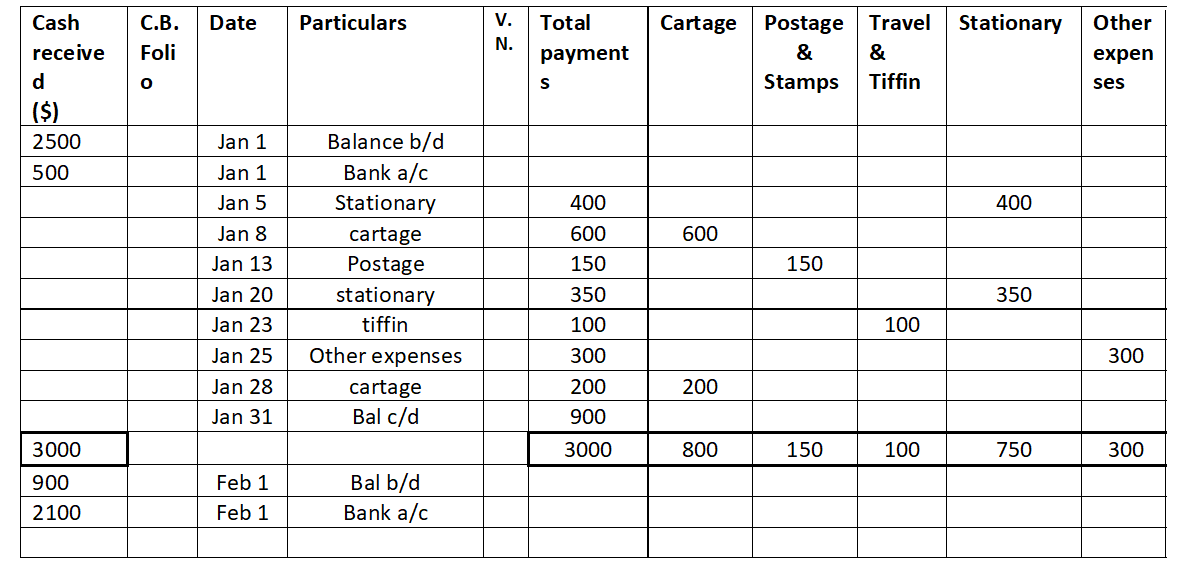A bills receivable book is a subsidiary book that shows the details of various bills receivables drawn on customers. It shows the amount, due date, date when the bill was drawn, name of the acceptor, and various other details pertaining to each bill. A bills payable book is a subsidiary book that shRead more
A bills receivable book is a subsidiary book that shows the details of various bills receivables drawn on customers. It shows the amount, due date, date when the bill was drawn, name of the acceptor, and various other details pertaining to each bill.
A bills payable book is a subsidiary book that shows the details of various bills that suppliers have drawn on the business. It shows the amount, due date, date when the bill was drawn, name of the drawer and various other details pertaining to each bill.
The total of both these books is ultimately transferred to the general ledger. From there, it is used in drafting the balance sheet.
Importance of bills receivable and bills payable books
Bills receivable books help us know the amount that each customer is liable to pay us on specific dates while bills payable books help us know the amounts that we have to pay our various suppliers on certain dates.
Together these books help us handle our cash flows in an efficient manner.
We can evaluate our credit cycle. Bills receivable books help us avoid bad debts while bills payable books help us to avoid defaults.
Difference between bills receivable and bills payable
These are the primary differences between bills payable and bills receivable:
- Bills receivable represent the amounts that the business is to receive from customers while bills payable represent the amounts that the business has to pay to suppliers.
- Bills receivable are recorded as an asset in the balance sheet while bills payable are recorded as a liability.
- Bills receivable are drawn by the business on the customers while the bills payable are drawn by the suppliers on the business.
- Bills receivable are the outcome of credit sales while bills payable are the outcome of credit purchases.
- Bills receivable result in an inflow of cash while bills payable result in an outflow of cash.
- The dishonor of a bill receivable is recorded as an increase in the debtors of the business. Default on payment of bills payable may occur either because the business has become bankrupt or the business may record an increase in creditors.
We can conclude that both bills receivable and bills payable books are subsidiary books. Bills receivable shows the details of every bill that the business has drawn on each credit customer. Bills payable show the details of every bill that each credit supplier has drawn on the business.
See less






Unfavorable balance as per cash book generally means credit balance in the cash book. This is also known as bank overdraft. Making the above definition more clear, unfavorable balance or bank overdraft means an excessive amount of cash withdrawn than what is deposited in the bank. Simply it is the lRead more
Unfavorable balance as per cash book generally means credit balance in the cash book. This is also known as bank overdraft.
Making the above definition more clear, unfavorable balance or bank overdraft means an excessive amount of cash withdrawn than what is deposited in the bank. Simply it is the loan taken from the bank. When there is an overdraft balance the treatment is just the opposite of that of favorable balance.
Generally for business overdraft occurs when there is immediate or emergency funding for the short term. This can be seen for small and medium-sized businesses. This is considered to be convenient for these businesses because there is no requirement to pay interest on the lump-sum loan, only have to pay interest on the fund you use. Generally linked to an existing transaction account.
To reconcile this we need to prepare a Bank reconciliation statement. The procedure of preparing BRS under unfavorable conditions is as follows
Let us take one example considering one of the above conditions.
The cash book of M/s Alfa ltd shows a credit balance of Rs 6,500.
Bank Reconciliation Statement